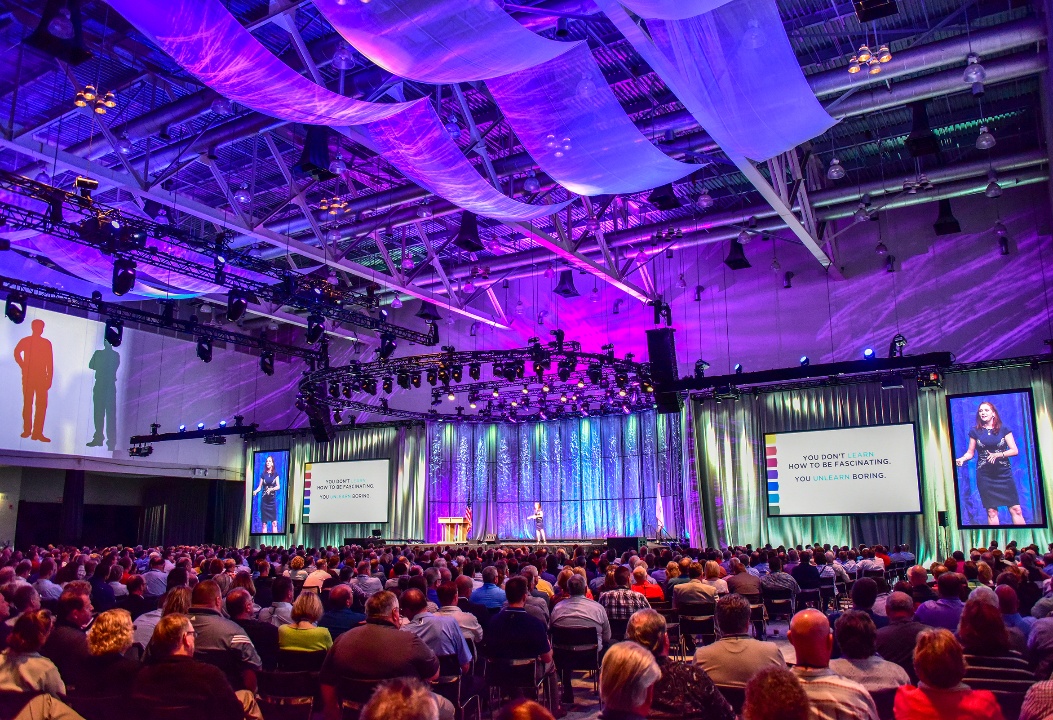Essential Strategies for Guaranteeing Peak Performance of Light Emitting Diode Video Screens During Live Music Shows
Wiki Article
Light Emitting Diode display walls are becoming more popular for real-time performances, such as musical events, meetings, and athletic games. These massive displays provide lively visuals that can enhance the audience's enjoyment. However, to guarantee optimal performance during these performances, it is crucial to apply specific tactics. This article will explore five essential strategies that can help preserve the quality and dependability of LED video screens during real-time performances.
Firstly and foremost, proper setup is vital for the performance of Light Emitting Diode video walls. The installation should be done by qualified experts who understand the technological requirements of the gear. This entails making sure that the display wall is safely installed and that all connections are properly made. Additionally, the location of the display wall should be carefully selected to prevent direct light, which can cause glare and impact sight. A well-planned installation will help prevent technological issues and ensure that the display wall functions smoothly throughout the performance.
An additional crucial strategy is to conduct thorough checks before the event starts. This involves operating the display wall through multiple scenarios to verify for any possible problems. Specialists should check the brightness, hue accuracy, and clarity of the display. It is also essential to verify the audio-visual alignment, especially for events that feature film playback. By spotting and addressing any problems in advance, event planners can avoid interruptions during the live event and ensure a smooth experience for the spectators.

In furthermore to installation and checks, having a backup strategy is crucial for here the success of LED display walls. Technological failures can occur unexpectedly, so it is important to be prepared. Performance organizers should have spare gear on hand, such as spare LED panels and wires. Furthermore, having a skilled expert available during the event can help promptly resolve any issues that may occur. This proactive method can reduce downtime and keep the performance running seamlessly, guaranteeing that the audience stays engaged.
Another tactic to consider is the use of suitable content for the Light Emitting Diode display wall. The images shown should be high-quality and pertinent to the event. This means using designs and videos that are specifically created for large screens. Material should be tested to make sure it looks well on the display wall and is simple to view from a distance. Engaging images can enhance the overall encounter and maintain the audience's focus fixed the event.
Lastly, routine upkeep of the Light Emitting Diode display screen is crucial for sustained functionality. After each performance, specialists should examine the gear for any indications of damage or degradation. Wiping the screens and verifying links can help prevent subsequent problems. Additionally, maintaining software and firmware up to date ensures that the video wall operates efficiently. By prioritizing maintenance, performance planners can extend the duration of their Light Emitting Diode display walls and ensure they are always ready for the next live event.
In conclusion, ensuring best functionality of Light Emitting Diode display screens during real-time performances requires meticulous planning and execution. By focusing on proper installation, thorough testing, having a backup plan, utilizing suitable material, and routine maintenance, event organizers can create a successful and captivating encounter for their audience. These tactics not only improve the visual impact of the event but also contribute to its overall effectiveness.